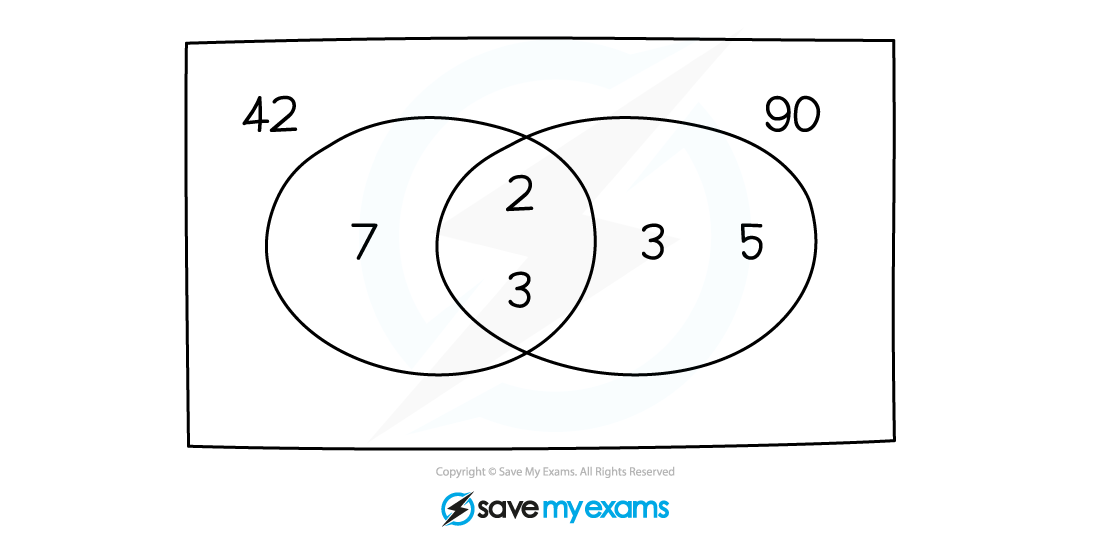What is the highest common factor?
In GCSE Maths, the highest common factor (HCF) is the largest factor that is shared by two or more numbers.
For example, the highest common factor of the numbers and
is
.
How can I find the highest common factor?
There is more than one way to find the highest common factor of two numbers.
Listing factors
You can find common factors of two numbers by listing out all of the factors in each number and identifying which factors are common to both. The greatest of these values will be the highest common factor.
For example:
The common factors of the numbers and
are
,
and
. Therefore the HCF is
.
Prime factor decomposition
You can also use prime factor decomposition to find the HCF of two numbers.
Break down the numbers into their prime factors and multiply together all prime factors that are common to both numbers. You may use the product of primes, a factor tree or a Venn diagram to do this.
For example:

The HCF of and
is
What is the highest common factor used for?
The highest common factor can be useful in a number of different situations to share out a quantity into its biggest groupings, e.g.
Cutting up two ribbons of different lengths to smaller pieces of equal size
Choosing the correct sizes of packing boxes so you can pack two orders of different quantities of a particular item without leaving any empty space in the boxes
Examiner-written GCSE Maths revision resources that improve your grades 2x
- Written by expert teachers and examiners
- Aligned to exam specifications
- Everything you need to know, and nothing you don’t

Share this article
 written revision resources that improve your
written revision resources that improve your